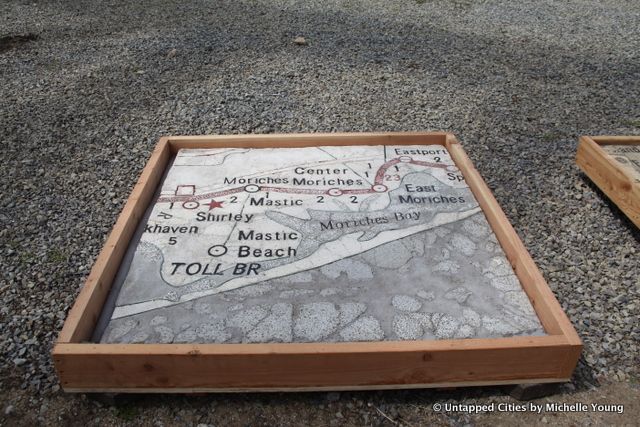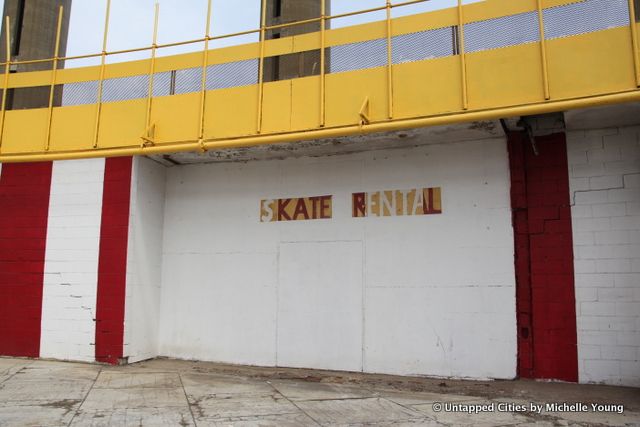Last Chance to Catch NYC's Holiday Notalgia Train
We met the voices of the NYC subway on our nostalgia ride this weekend!


The 1964 World’s Fair pavilion in Flushing Meadows Corona Park by Philip Johnson is viewed by some as a symbol of past glory. To others, it’s just an old, decaying building that has been in the park for decades, prominently featured in the 90s science-fiction action-comedy Men in Black. To the “history nerds and World’s Fair geeks” that filled the Queens Theatre to witness the world premiere of director Matthew Silva’s fantastic new documentary Modern Ruin: A World’s Fair Pavilion, the structure means so much more.
We’ve been eagerly waiting to view this documentary on the history of the World’s Fair Pavilion since it was announced last year, with Silva funding the film through various platforms such as Kickstarter and GoFundMe. Sitting alongside Silva, his team, interested parties and Mitchell J. Silver, Commissioner of the Parks Department, we learned of the imagination that went into creating the World’s Fair, and the absence of thought that went into its future.
Each aspect of Phillip Johnson’s Tent of Tomorrow and the pavilion was discussed in detail, from the observation towers, to the multi-colored glass ceiling, to the terrazzo that composed the map of New York State on the ground. Archival footage showed the pavilion at its most beautiful, with bright red, white and yellow colors flaring up on the screen, with people from all walks of life and cultures coming to view this architectural achievement. After the fair, we learned of people who would use the pavilion as a roller skating rink in the ’70s and a venue where legendary bands such as Led Zeppelin came to perform.

What we also saw was how the building has deteriorated, due to decades of neglect, and the steps architects and staunch supporters who love the structure have taken to protect and find new uses for the pavilion. One idea has been to transform it into a Air and Space Museum. However, the lack of funds from the city has made it difficult for the pavilion to be used again–although public interest has led to some developments: the interior was open one day last year for the public, 14 pieces of the floor were removed and rehabilitated, and it will get a $3 million paint job for free by the Queens company, New York Structural Steel Painting Contractors Association

Throughout the film, Silva shows the development of the New York State Pavilion Paint Project, who scrapped and re-painted the pavilion giving it much-needed exposure to the community, who ignored the building in the past. Their reactions, as well as footage of the pavilion when it was re-opened to the public last year is proof that the pavilion is not only important to the “history nerds and World’s Fair geeks” but to all New Yorkers.
While a corporate event if there ever was one, the 1964 World’s Fair is an important moment in the history of New York City. Silva packs this documentary with people who lived during that time and people who have taken a great interest in the preservation of the pavilion. As we walked out of the screening, after the tremendous applause that came once the credits began to appear on screen, we looked to the pavilion itself. Filled with new knowledge of its inception and of the work being made to restore it fully, we were hopeful of the future, much like those who rode the large, yellow elevators over 50 years ago.
Next, to learn more about the World’s Fair, check out our photos inside the Tent of Tomorrow during the one-day e-opening last year, and our shots of the observation towers as they look today. Also check out Then and Now photos of the World’s Fair Pavilion.
He has some crazy ideas for what the Pavilion should become, to find out what they are contact the author @ChrisLInoa
Subscribe to our newsletter